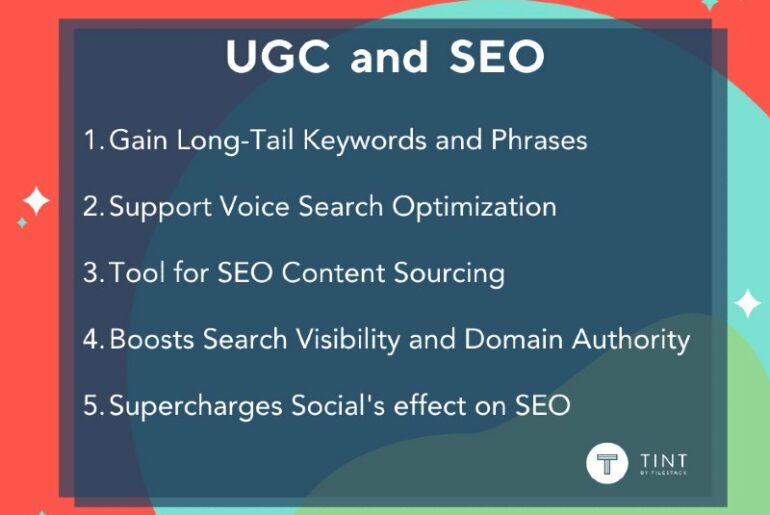This is a graph of the organic search traffic for my startup, TINT. Copied straight from google webmaster tools.
In January, our splash page was getting 602 monthly visits from search. In March, it had grown to 15746 visits. An SEO improvement of 2600%! What happened in between?
If you’re still reading, you’re probably wondering “what ingenious way to increase traffic did he use?” That’s exactly the kind of mindset I had when I tried to increase the traffic for our previous product, Hypemarks. Want to see the results from trying to find an ingenious way?
We tried virality loops, open graph actions, publicity stunts, and press pushes. All of these techniques provided spikes, but the next day traffic would always fall to the same low levels. The graphs speak louder than words:
The truth is that the most “ingenious” way to get traffic is actually to stick to the boring basics.
How did I go from the second graph to the first graph? By creating a multi-faceted long-term SEO strategy and taking the time and effort to spend about an hour a day executing it. What was my boring, yet ingenious SEO strategy? Keep reading to find out!
4 Steps to Improve SEO
Here are the steps I ran through to improve TINT’s SEO.
Step 0: Do the homework.
- If you have no experience with SEO, I highly recommend taking a couple of days to immerse yourself in basic SEO concepts and techniques as a prerequisite to everything else. There are many SEO myths that continue to spread as there is no definitive formula to ranking highly. Arm yourself with knowledge.
- Check out SEOmoz’s Beginner’s Guide to SEO. A highly recommended guide for beginners that breaks down key SEO concepts in an easily digestible format.
- Google provides an SEO Starter Guide that demystifies what Google looks at when ranking pages.
Step 1: Find keywords.
- Pretend you’re a customer for your own service. Which keywords will you search for? This is a question that could be considered even before naming your business, but assuming that your business is already named, start by asking yourself what keywords you would search for, and get in the habit of asking your customers how they found your site.
- Find out what keywords your competitors are using. Some good tools for this are SpyFu, Alexa, and OpenSiteExplorer.
- Write them all down in a big list and then use the Keyword Explorer tool to figure out which ones are high in volume and low in competition. Selecting the keywords that you should target is more of an art than a science and will require enough customer feedback to give you insight into how “ready to buy” customers will be who are searching for certain terms.
- Search for the keywords you are targeting and see how you stack up against the competition. Only choose keywords that you think you can actually rank highly for. You must look for weak competition. Weak pages usually don’t have the keyword in the title, are from an untrustworthy domain, or the content doesn’t exactly relate to your keyword. Strong pages include easily recognizable brands/domains, keyword-optimized landing pages, and pages with great content / social validation (articles with lots of tweets/shares).
Step 2: Optimize site for keywords.
- If possible, start by putting keywords in the name of your business or in the URL of your site. For example, if I’m selling Dog Food in Dover, your domain could be doverdogfood.com.
- Tailor your title and description of your pages to contain these keywords. Don’t be overzealous, as Google can sense when content is too stuffed with keywords, so sprinkle them into your content so that it is still easy to understand as a customer and doesn’t look spammy.
- For keywords that are very valuable to your business, build landing pages that target those keywords specifically and then build backlinks to them to push those pages as high as possible in the ranking for those keywords. For example, if I wanted to promote TINT for Events, I build a landing page tailored to customers who would be searching “social media for events“.
Step 3: Set up and commit to a long-term SEO strategy.
- Learn about content marketing. Start a blog for your business, but keep in mind that your blog should be catered to your customers! So put some effort into your content! Google tracks how long users spent on your page in order to determine how useful the page was to them, so the better your content is, the higher you rank. Many businesses make the common mistake of using their blog as a place to dump their boring press releases. Your customers don’t care!
- Great examples of company blogs include SproutSocial Insights, SEOMoz’s blog, and the Mint blog. These companies are doing it right!
- Also, check community sites like Quora, StackOverflow, and Reddit for questions or topics that you can contribute to, especially questions regarding problems that your customers often have. (protip: Use the content from your blog posts to answer their questions.)
- Other ways of generating backlinks are getting press, guest blogging, and conducting webinars.
- If you’re a regional business, closely track your regional competitors’ rankings and keyword targeting efforts. For regional keywords, you don’t have to have the best Italian restaurant SEO ranking in the world, just the best one in town.
By following the steps above you can begin your journey from SEO Zero to SEO Hero, the boring way.
Ranking high is hard work. It requires a significant long-term effort that can take months, and unfortunately, it’s not as easy to track SEO performance as it is to track the performance of other aspects of your business. However, it really can be the difference between life and death for businesses depending on search customers. If you follow the steps above I guarantee you’ll start seeing incremental improvements in your SEO. Keep putting in consistent effort in getting quality backlinks and providing quality content, and the results will compound!
Recommend Read: Social Media SEO: Everything You Need to Know




